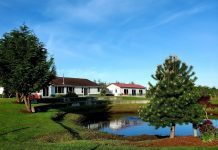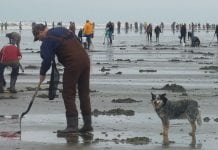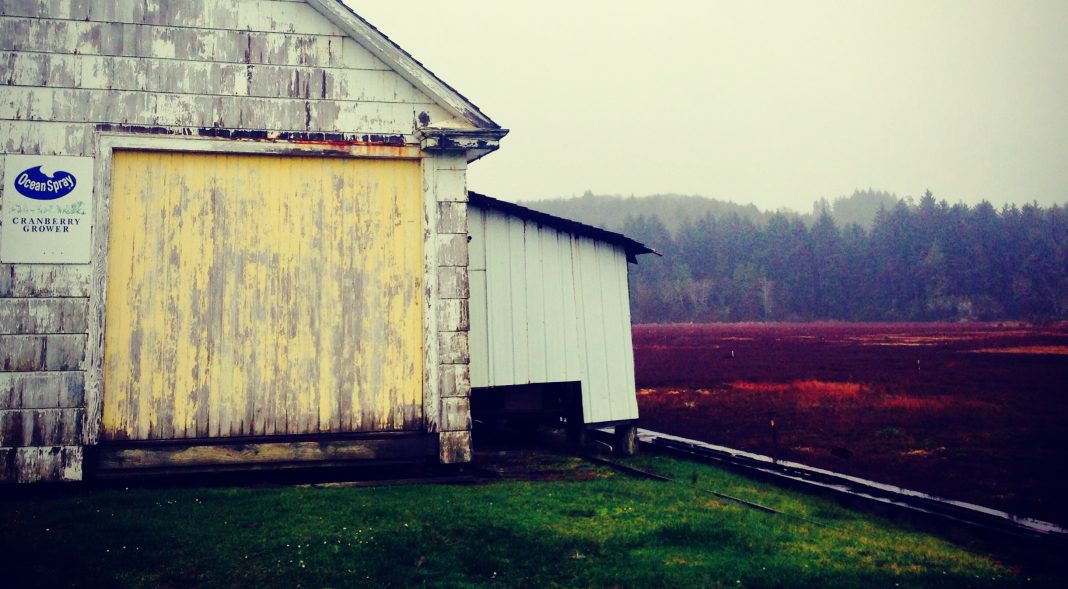Grays Harbor is known for many incredible things. Whether it is the stunning wilderness, salmon filled rivers, towering timbers or world-class fishing and clamming along the coast, each have helped defined our region for generations. While many consider recreation, logging and fishing/clamming to be the area’s main industries, one has stayed under the radar.
 Despite being a multi-million dollar industry, few know of Grays Harbor’s cranberries. Out along the coastal stretches of Southwest Washington, where salty air meets marshy lands, Washington State’s cranberry crop is a major industry. For over a century, the region has been known as one of the best places in the country to grow cranberries. But how did we get here?
Despite being a multi-million dollar industry, few know of Grays Harbor’s cranberries. Out along the coastal stretches of Southwest Washington, where salty air meets marshy lands, Washington State’s cranberry crop is a major industry. For over a century, the region has been known as one of the best places in the country to grow cranberries. But how did we get here?
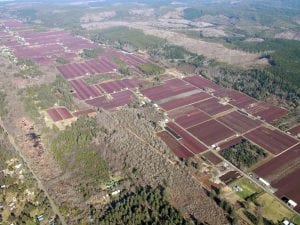
The cranberry industry of Washington started in the late 1800s, when Anthony Chabot, a visitor from Massachusetts, was exploring out along the coastal stretches of Southwest Washington. During the visit, he observed the native cranberries growing in bogs and flooded fields and was reminded of the of Cape Cod crop. Cranberries had always been in the region, but it wasn’t until the late 1800s that they were cultivated as a crop.
Convinced of the potential for growth and profits, a handful of entrepreneurs bought 1,600 acres of land between 1872 and 1877, laying down the fruitful foundation for the industry. For the next 20 years, the cranberry industry of Grays Harbor and Pacific counties grew steadily. However, all would come to a standstill by the end of the century. The demand for cranberries was never high, as the majority of Americans only eat them around Thanksgiving and Christmas. Combined with the region’s isolation, which made shipping and marketing the berries difficult, the cranberry industry appeared to be on the verge of dying.
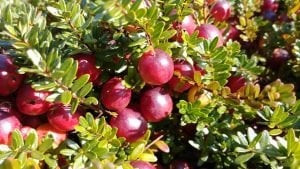
That changed for good in 1920 when D.J. Crowley started his research at the Cranberry Research Station, a research center for Washington State University until 1993. During his research, Crowley made recommendations to growers in both Grays Harbor and Pacific counties, helping them solve issues with peat, frost and other issues making the growth of cranberries difficult along the Washington coast. While his advice was correct, local growers ignored the suggestions. As the Great Depression struck, the cranberry industry was kept alive, just barely, by a handful of dedicated growers.
For the next few decades, the industry slowly rebounded, thanks to the research and advice, again, of D.J. Crowley. During this time the methods of harvesting changed from dry harvesting to wet. Wet harvesting is what you most commonly seen in Ocean Spray commercials. The night before the cranberries are to be harvested, the bog is flooded with a foot and a half of water. When the harvest starts the next day, growers use water reels that churn the water, shaking loose the cranberries which float up to the surface.
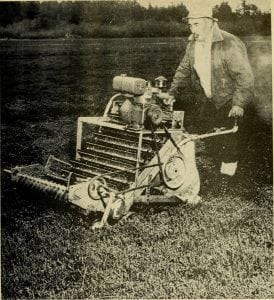
While the wet method is popular, it is said that many residents of Grays Harbor who grow cranberries use the dry harvest method, especially around Grayland. In 1957, Grayland resident Julius Furford invented the Furford Picker/Pruner. The machine was revolutionary as it picked ripe berries while simultaneously pruning the vines. First used on what is now the bog at 1818 Cranberry Road, the Furford Picker is a Grays Harbor invention that changed dry picking forever.
The fields and pickers in use can be seen along the Cranberry Tour, which weaves around the backroads of Grays Harbor. You may also enjoy driving the Cranberry Coast route all the way down to the incredible and informative Cranberry Museum and Gift Shop in Long Beach. The museum can answer all of your cranberry questions and even give you tasty snacks.
In 2016, the cranberry industry of Washington State, with Grays Harbor and Pacific counties leading the charge, was said to be a nearly eight million dollar industry. Out of America’s 40,000 acres of cranberry bogs, nearly 2,000 are in our state, while the vast majority (60%) of cranberries are grown in Wisconsin. Grown commercially in man-made wetlands or bogs in just five main states, Americans consume nearly 400 million pounds of cranberries each year, with 20% of them eaten during Thanksgiving week. Each year, the average US resident eats 2.3 pounds cranberries, with most of them coming in the form of juice or juice blends.
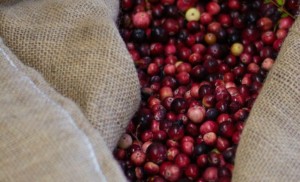
While a few growers are still independently selling their berries, 95% of growers in the region are part of a cooperative with Ocean Spray. Formed in 1930, the Ocean Spray Cranberries Cooperative, bought out the Grayland Association in 1946 and, for the most part, that is how the region’s industry has remained.















